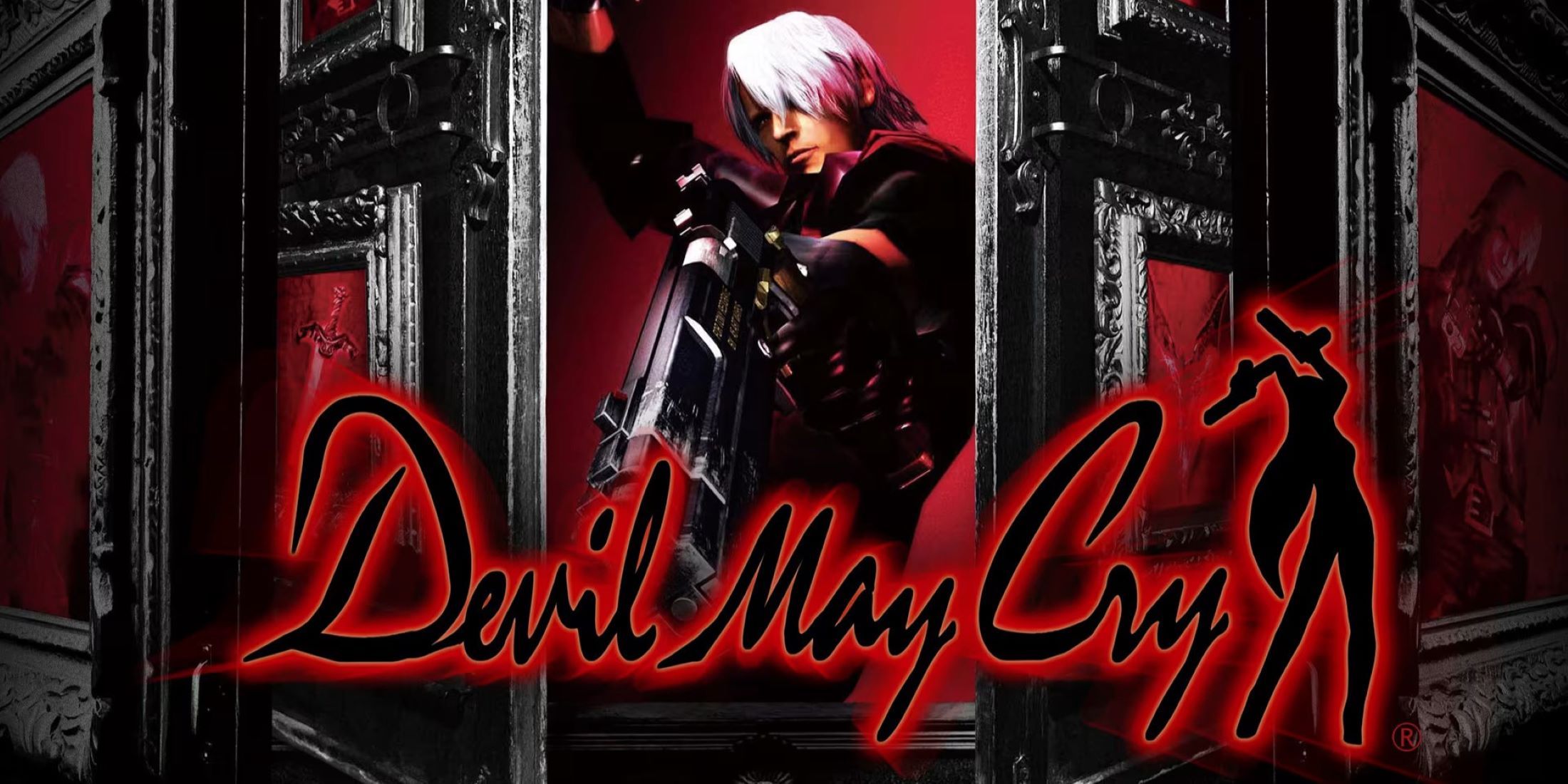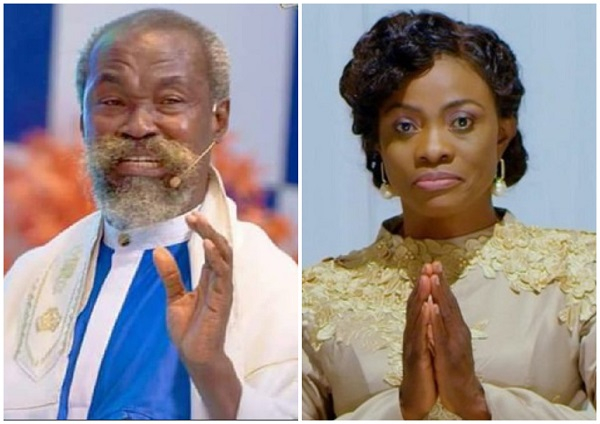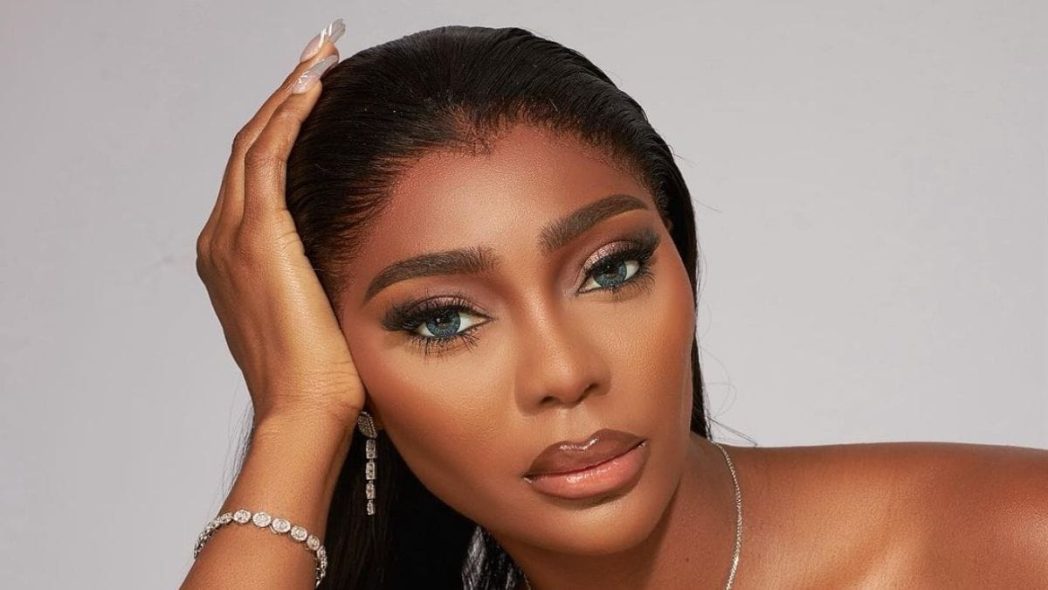The mid-to-late 2010s was a great time to be a fan. Following the release of 2013's controversial DmC: Devil May Cry reboot, many fans were initially concerned about the future of the series. However, after a brief hiatus, Capcom revived the DMC franchise with a plethora of ports, collections, and all-new games on modern platforms. From 2015 to 2018, the company released Devil May Cry HD Collection, DmC: Devil May Cry Definitive Edition, and Devil May Cry 4: Special Edition on PS4, Xbox One, and PC. Then, in 2019, it launched Devil May Cry 5, the first original installment in the series in more than half a decade.
Considering how much attention Capcom gave the franchise during this era, some fans understandably expected Devil May Cry to turn into one of the company's flagship IPs, right alongside Resident Evil and Street Fighter. However, since the launch of Devil May Cry 5: Special Edition in 2020, the DMC series has been almost completely absent in the world of gaming, and there's no sign that a new numbered entry in the series will be released anytime soon. Fortunately, Netflix's newly-released Devil May Cry anime has rejuvenated interest in the series, though its success has been a double-edged sword for long-time fans of the franchise.

Related
'I'd Love to Do That' Hideki Kamiya Open to Doing a Devil May Cry Remake
Series creator Hideki Kamiya discusses the possibility of a Devil May Cry remake, as well as his philosophy on Bayonetta’s story-gameplay balance.
The first season of the Devil May Cry anime (not to be confused with 2007's Devil May Cry: The Animated Series) aired on Netflix on April 3, 2025, and it was met with largely positive reviews from critics. The series, which was created by Castlevania producer Adi Shankar, garnered over 5.3 million views in its first three days, and it became the fourth most-watched show on Netflix's global top ten list at launch. Despite the overall success of the series, however, it was criticized by many fans for not adhering to the original plot of the Devil May Cry video games.
Netflix's Devil May Cry is not set in the same continuity as the games it's based on; instead, it takes place in an alternate timeline that was loosely inspired by Devil May Cry 3: Dante's Awakening. The show follows the young demon hunter Dante, who, after being hunted by a government organization known as DARKCOM, has to face off against a revenge-seeking demon called the White Rabbit. Interestingly, the plot of the anime is almost entirely original and, although there are some returning characters from the Devil May Cry games, their personalities have been noticeably changed.
One Devil May Cry character who received a complete makeover in the DMC anime is Mary Ann Arkham, better known as Lady. In the video games, Lady is a fierce demon hunter with a tragic backstory and a lust for revenge, but in the anime, she is a foul-mouthed, aggressive DARKCOM lieutenant who isn't willing to let anyone get in her way. Despite the major changes made to her character, Lady still has a significant role in the show. In some scenes, in fact, she is arguably portrayed as being more powerful than Dante, even though that doesn't really align with the Devil May Cry lore.
Aside from new takes on characters, the Devil May Cry anime also features political themes and government organizations, none of which were present in the original DMC video games. In Netflix's Devil May Cry, demons are humanized and portrayed as refugees, many of whom are being oppressed by both humans and evil demons from hell. In the games, however, demons are almost always depicted as enemies. While there are some good demons in the world of Devil May Cry, the majority of them are often portrayed as vicious monsters instead of human-like beings. Since there are so many changes like this throughout the anime, some believe that Netflix has done a bad job at representing the franchise's overall story, meaning that new fans are not seeing the franchise at its best.














